
cd_nom

| Author : J. Touroult |
 |
To get the picture, please visit:
Despite the Creative Commons license, please inform the author of the use which will be made of his photo
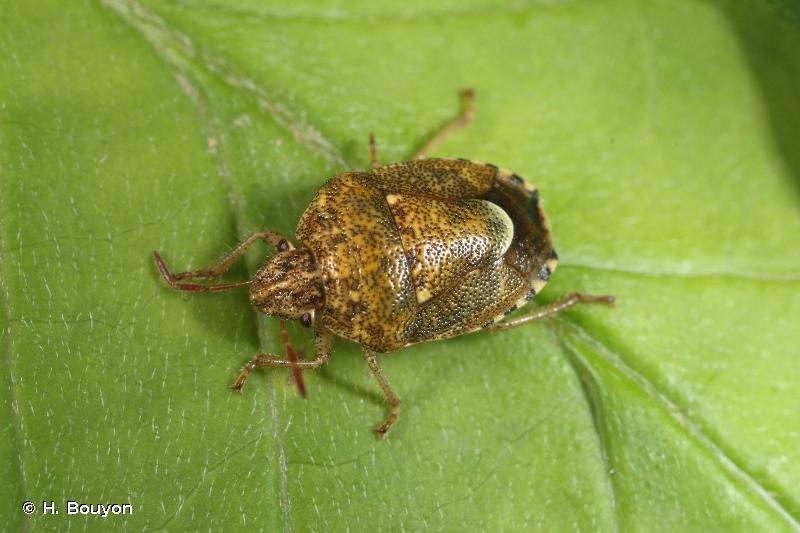
| Author : H. Bouyon |
 |
To get the picture, please visit:
Any reuse of one or more photographs on this site is subject to an authorization request from the author.
Link to the Code of Intellectual Property (Legifrance)
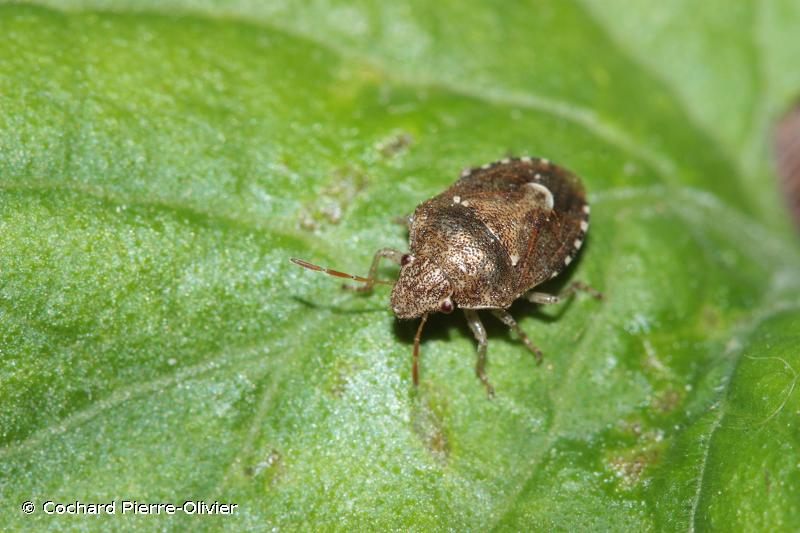
| Author : Cochard Pierre-Olivier |
 |
Despite the Creative Commons license, please inform the author of the use which will be made of his photo
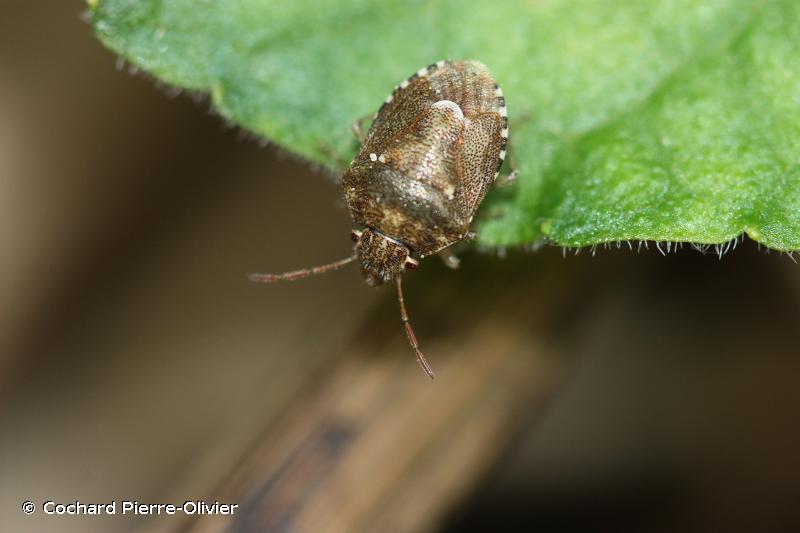
| Author : Cochard Pierre-Olivier |
 |
Despite the Creative Commons license, please inform the author of the use which will be made of his photo
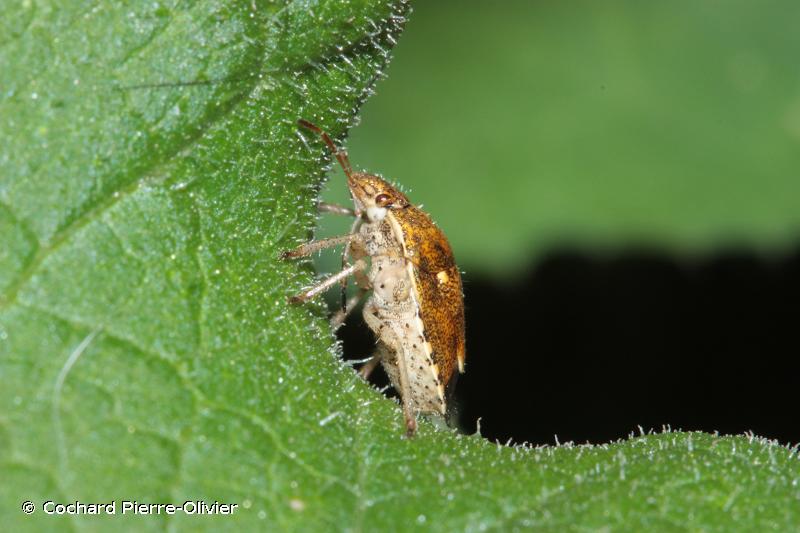
| Author : Cochard Pierre-Olivier |
 |
Despite the Creative Commons license, please inform the author of the use which will be made of his photo
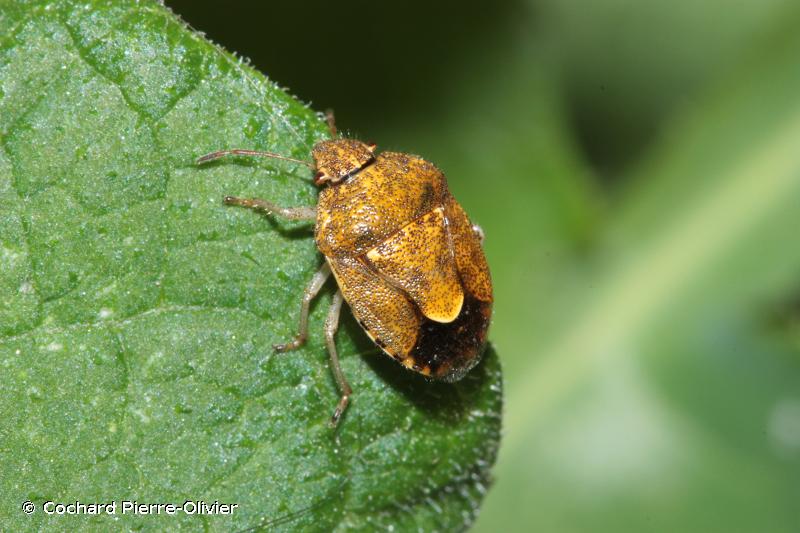
| Author : Cochard Pierre-Olivier |
 |
Any reuse of one or more photographs on this site is subject to an authorization request from the author.
Link to the Code of Intellectual Property (Legifrance)

| Author : R. Poncet |
 |
To get the picture, please visit:
Rémy Poncet<br>Muséum national d'Histoire naturelle - PatriNat<br>36 rue Geoffroy Saint-Hilaire CP 41<br>75 231 PARIS CEDEX 05<br>e-mail : inpn@mnhn.fr
Despite the Creative Commons license, please inform the author of the use which will be made of his photo
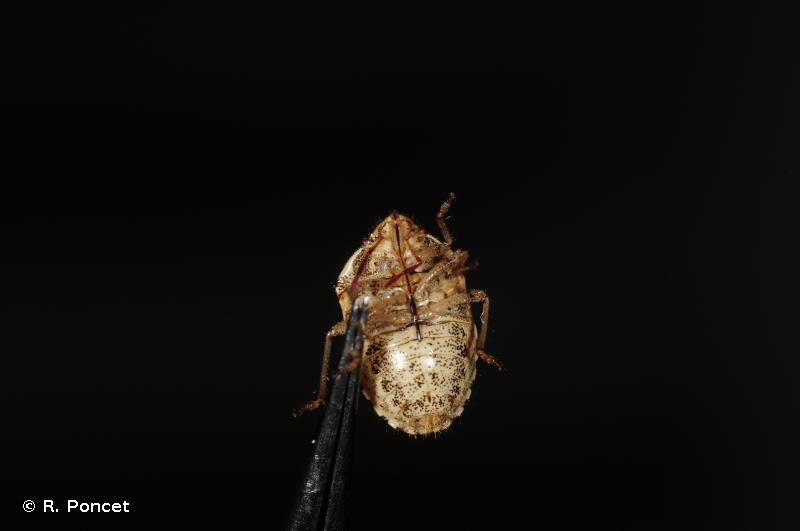
| Author : R. Poncet |
 |
To get the picture, please visit:
Rémy Poncet<br>Muséum national d'Histoire naturelle - PatriNat<br>36 rue Geoffroy Saint-Hilaire CP 41<br>75 231 PARIS CEDEX 05<br>e-mail : inpn@mnhn.fr
Despite the Creative Commons license, please inform the author of the use which will be made of his photo
Taille : 6,5 – 8,5 mm
Diagnose :
Petite punaise jaunâtre à brunâtre qui a le clypéus (nez) libre et non enclos par les jugas (joues). Elle a une pilosité importante et visible sur la tête et le pronotum. Ses articles antennaires III sont aussi longs que les II. Les bords latéraux de son pronotum sont un peu convexes sans bordure blanche. La bordure de l'extrémité de son scutellum n'est pas ponctuée ce qui forme une tache blanche en U à son apex.
Détermination : Simple.
Espèces proches :
Peu de risque de confusion avec les autres petites punaises brunes car c'est la seule de cette taille à avoir une pilosité importante et visible sur la tête et le pronotum.
Période d'observation :
Avril à octobre, avec un pic principal en juin.
Biologie-éthologie :
Elle est polyphage mais se rencontre plus souvent sur les labiées odoriférantes : thyms, romarin, sauges, épiaires, marrubes, crapaudines, lychnite. Elle peut aussi ponctionner d'autres plantes et notamment des Asteracées, des Scrophulariacées (molènes), des Rubiacées (gaillets) et des légumineuses.
Biogéographie et écologie :
Espèce à distribution ouest-Paléarctique, répandue principalement dans tout le bassin méditerranéen, l'Europe centrale et le sud-ouest de la Russie. Absente de Grande-Bretagne, Belgique, Pays-Bas, Danemark, Scandinavie, et ne dépasse pas 52° de latitude nord, et atteint 1 650 m d'altitude. Elle vit dans les milieux chauds et secs, souvent sur sols rocailleux : prés, prairies et pelouses sèches, garrigues et maquis, friches rudérales, pinèdes et chênaies claires, coteaux ensoleillés, éboulis, jachères, bords des chemins et des cultures, bord des routes. Elle est très commune dans la zone méditerranéenne et devient beaucoup plus rare en limite nord de distribution.
Roland Lupoli (),2020
Continental
Metropolitan France
Overseas
Marine
Metropolitan France
Overseas
The map presents a summary at the 10 x 10 km grid of the observation data for the species transmitted to the SINP. These data have been subjected to validation filters.
The map presents a reference distribution layer of the species at the scale of departments and marine sectors. The presence and absence data were established by expertise within a network of partners. This reference distribution is used in the validation process of the SINP data at the INPN level.
Corresponds to a report on the basis of at least one observation proved within a period of 10 years (20 years for little-known invertebrates) preceding the year and no presumption of extinction since obtaining the last data nor doubt on reproductive and implemented nature of this population. For migratory species, the presence indicated concerns areas of reproduction.
This status is based on one or more of the following criteria:
This point covers the absence, more difficult by nature to demonstrate than presence. This status is based on one or more of the following criteria:
This status must be assigned to a department in which the presence of the species is casual.
Particular case of absence due to a proven extinction less than a half century ago (older disappearances are treated as "no probable or definite").
In the state of knowledge, we can not comment on the presence or absence in the current department. This is the default status when not comprised in one of the previous categories or whenever there is doubt.
The map shows the global distribution of the species based on GBIF data (Global Biodiversity Information Facility).
